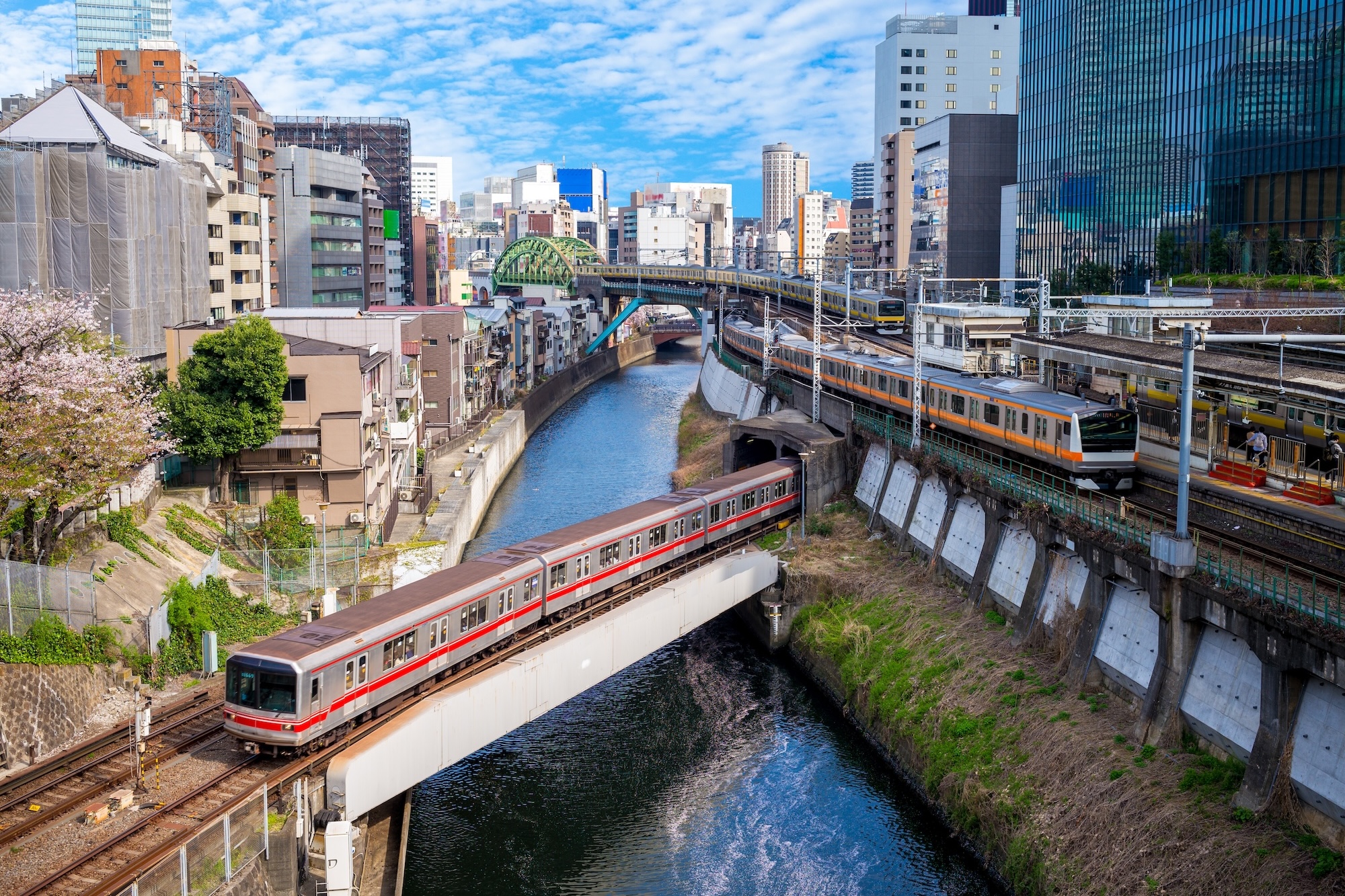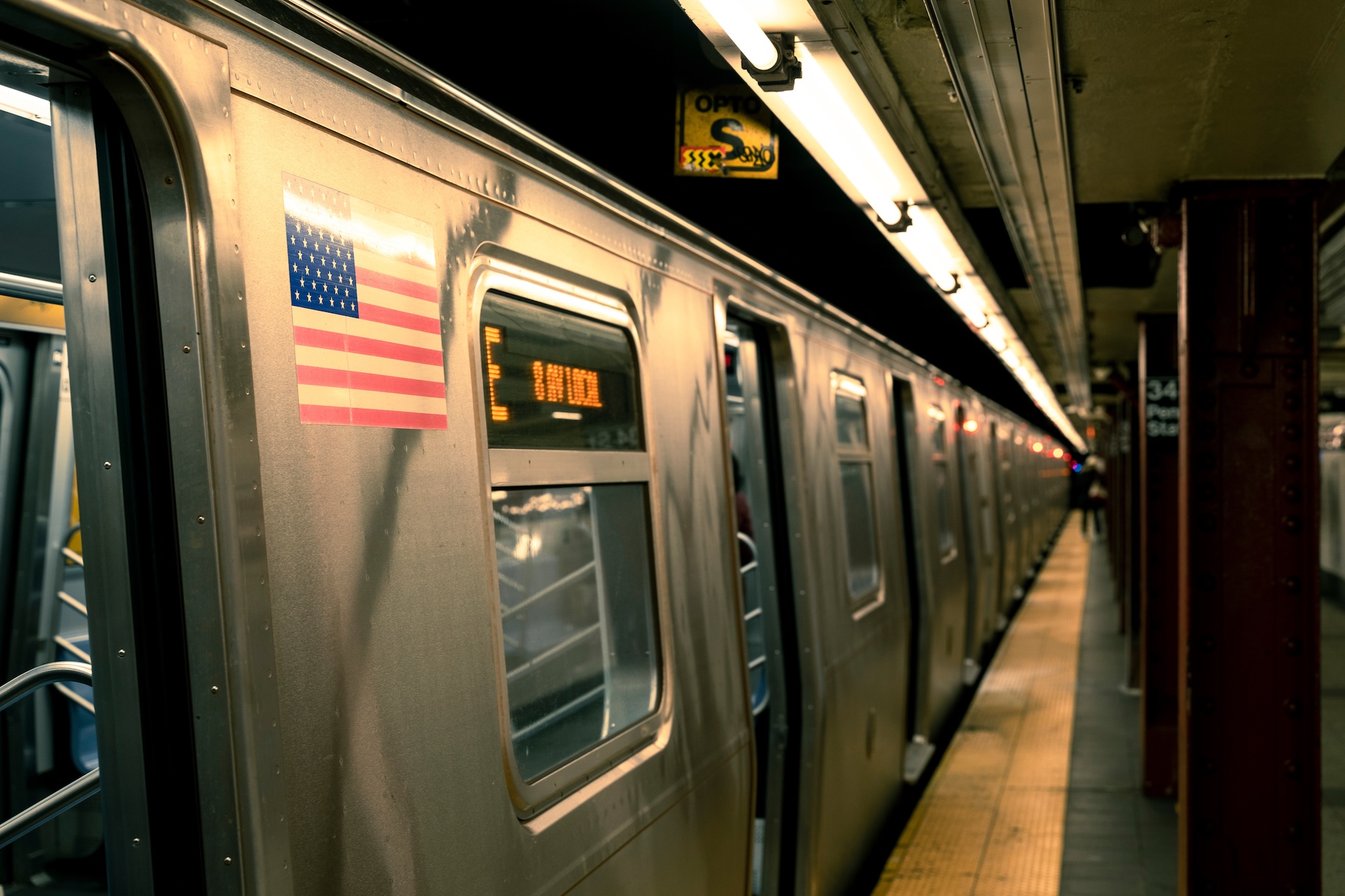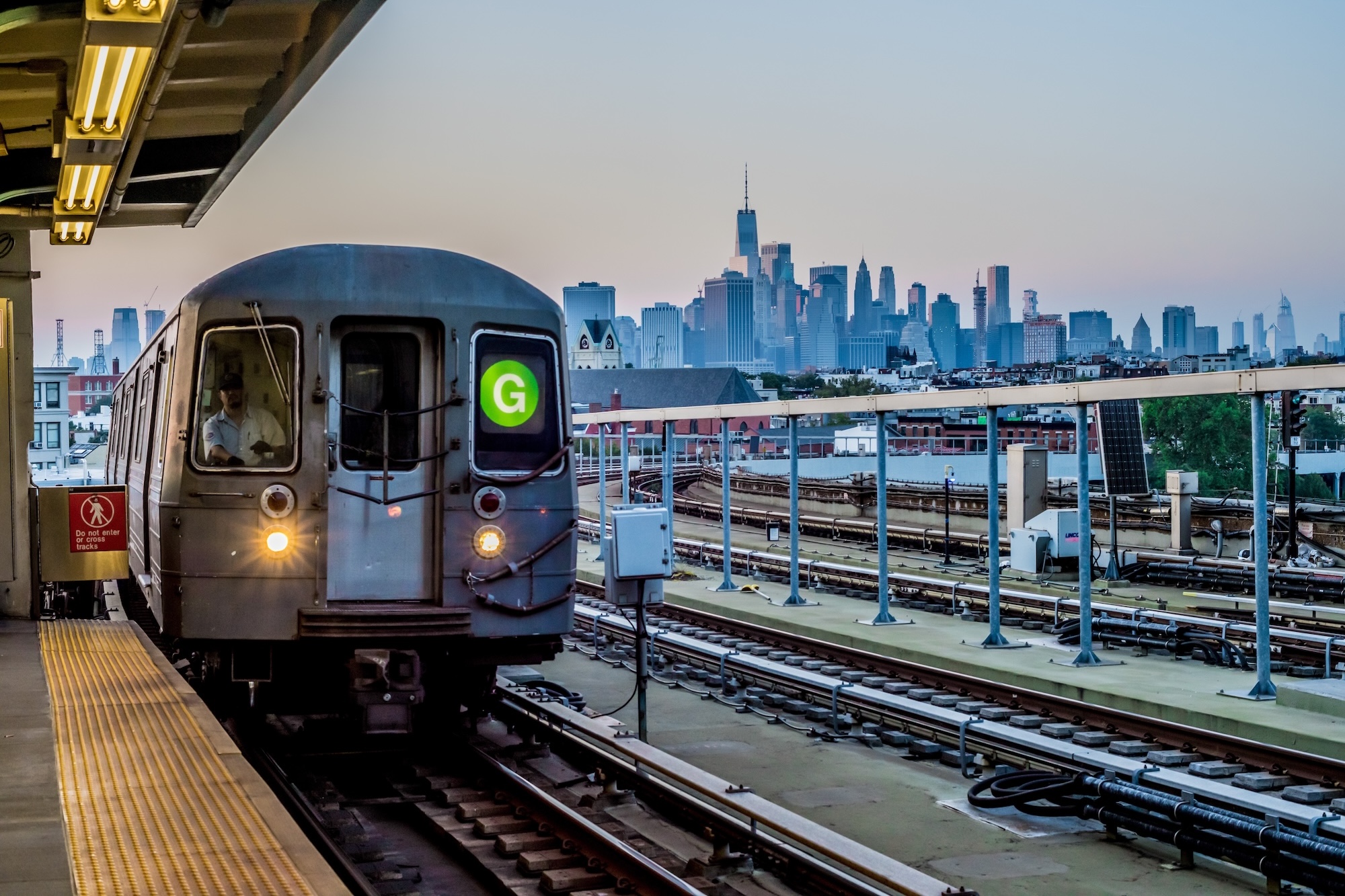7 Essential Tips for Mastering the Tokyo Subway System
Tokyo’s subway system, officially known as Tokyo Metro (for the private operator) and the Toei Subway (for the public operator), is one of the most efficient, convenient, and well-connected transit networks in the world. With over 300 stations and multiple lines crisscrossing the city, it can initially feel overwhelming to navigate. However, once you understand the basics, you’ll find the Tokyo subway system to be a reliable and easy way to explore the city. Here are some essential tips for using and navigating the Tokyo subway with confidence!
1. Understand the Fare System
One of the most important things to know about the Tokyo subway is the fare system. Fares vary depending on the distance you travel, and the system uses a zone-based system for ticket pricing. You can purchase a one-way ticket at ticket machines located in subway stations. Alternatively, for more convenience, consider purchasing a Suica or Pasmo card, which are rechargeable smart cards that allow for easy tap-and-go access. These cards can be used on almost all public transport in Tokyo, including buses and trains.
Tip: If you’re planning to stay in Tokyo for several days, getting a Suica or Pasmo card is the easiest way to avoid buying a ticket for every trip. You can also use these cards for purchases at convenience stores and vending machines.
2. Know the Train Lines and Routes
Tokyo’s subway system is made up of two main operators: the Tokyo Metro and the Toei Subway. While both networks share some common stations, they are separate entities, so be sure to check which operator’s map you’re using. The most important subway lines to familiarize yourself with are the Ginza Line, Chiyoda Line, and Hibiya Line, as these connect major districts like Shibuya, Shinjuku, and Asakusa.
Tip: Download a Tokyo subway app, use Google Maps, or use Apple Maps to check the best routes for your destination. These apps can provide real-time updates and guide you step-by-step.
3. Be Prepared for Crowds
Tokyo’s subway can get very crowded, especially during rush hours (7:30 AM to 9:30 AM and 5:30 PM to 7:30 PM). At these times, trains can be packed, and you might need to be patient while waiting for your train. There are specific areas on platforms marked for queuing, and it’s important to stand in line while waiting for the train to arrive. Keep in mind that the subway system is known for its punctuality, so trains will arrive on time, but you’ll need to be quick to find a seat or space during peak times.
Tip: If you’re traveling during rush hour, avoid the busiest stations (like Shinjuku or Shibuya) and aim for stations near your destination with fewer transfers.
4. Understand Station Signage and Announcements
Navigating Tokyo’s subway system is made easier with the signage, as most signs are in both Japanese and English. While some of the station names may seem tricky, there are helpful color-coded lines and route maps available throughout the system. Each station has its own unique number and a letter designation, so even if you can’t read Japanese, you can easily follow the numbers and colors to your destination.
Tip: Pay attention to the station signs and digital displays inside the trains, as they’ll show you the next stop and which direction the train is heading. This can help you stay on the right track, especially if you’re transferring between lines.
5. Mind the Etiquette
Japanese culture places great importance on etiquette, and the subway is no exception. To make your ride more pleasant, follow these simple rules:
- Keep conversations quiet and put your phone on silent mode.
- Give up your seat to elderly passengers, pregnant women, or people with disabilities.
- Wait for passengers to disembark before getting on the train.
- Keep your bags close to you and avoid occupying more space than necessary.
Tip: When riding the subway, you may notice designated “women-only” cars during certain hours. These cars are for women’s comfort and safety, so respect this rule if you’re traveling during the times when these cars are in effect.
6. Avoid Eating and Drinking on the Train
In Tokyo, it’s considered impolite to eat or drink while on the subway. Eating or drinking in public spaces is generally avoided in Japan as a sign of respect for those around you. While some stations may have vending machines and convenience stores, it’s best to wait until you’re outside the train to enjoy your food or drink.
Tip: If you do need to have a snack, find a designated eating area inside the station or near the platform before boarding the train.
7. Take Advantage of Station Facilities
Tokyo subway stations are equipped with various helpful amenities, including lockers, restrooms, and information booths. If you need to store luggage or freshen up, many stations provide coin-operated lockers. Additionally, there are helpful station staff available at the information booths to assist with directions or give recommendations about nearby attractions.
Tip: Look for station maps or information boards that highlight facilities and services at each station. This can help you plan ahead and avoid unnecessary stress during your commute.
Conclusion
Navigating the Tokyo subway system is easier than it seems once you know the basics. From understanding the fare system and familiarizing yourself with the key lines to respecting local etiquette, these tips will help ensure that you have a smooth and enjoyable experience as you explore Tokyo. With a little preparation and patience, you’ll be able to easily access all the city’s attractions, from bustling shopping districts to peaceful temples. So hop on the subway, and start your Tokyo adventure!
Please Note
Tokyo officially refers to its subway system as the Tokyo Metro and the Toei Subway (operated by the Tokyo Metropolitan Bureau of Transportation). The term “subway” is commonly used in English to describe underground train systems, and many people outside Japan use “subway” when referring to the Tokyo Metro. However, within Japan, the system is more often referred to as the Tokyo Metro for the private operator’s lines and the Toei Subway for the public operator’s lines.
So, while both terms (“subway” and “metro”) are often used interchangeably, Tokyo Metro is the official name for one of the main systems. In everyday conversation, “subway” would also be understood, but it’s useful to know the distinctions!












